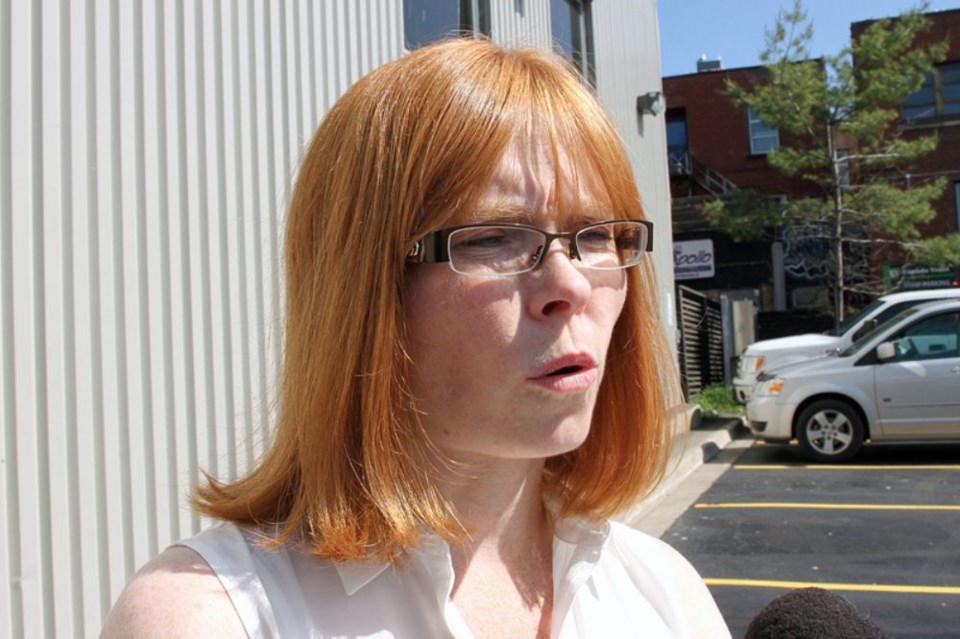Charla Robinson says it’s time for the province to get serious about energy costs.
Reacting to an Ontario Chamber of Commerce report that says industrial hydro rates are expected to jump by as much as 13 per cent over the next five years – after a 16-per cent hike over the last two years – the president of the Thunder Bay Chamber of Commerce said high energy costs are most definitely having an impact in Northwestern Ontario.
“Certainly we’re hearing that local businesses are feeling the pinch from ongoing increases in energy costs. And we’re concerned because they’re projecting energy costs are going to continue to rise for the next five years,” Robinson said on Wednesday.
Residential customers and small businesses can expect to pay 25 per cent more over the same time frame.
“The pain is going to continue so (we’re) coming together to make some recommendations to government on what they can do to mitigate those increases and try to keep the increases as low as possible.”
High energy costs are even more problematic in Ontario’s north, Robinson went on to say. Longer winters and the distance from providers add to everyone’s costs.
Robinson said she believes the province has recognized the uniqueness of Northern Ontario living, but is their reaction enough?
“They have put in some northern electricity programs, but the reality is it’s still going up,” Robinson said. “We’re saying they need to look at the big picture, province-wide, and say how can we mitigate these impacts?”
One solution is a change to debt-retirement charge, instituted in 2002 to cover $38.1 billion in debt accumulated by a then restructured Ontario Hydro. Earlier this year the province promised to remove it from residential bills next January, but commercial and industrial customers are still paying the tax, which amounts to 0.7 cents per kilowatt hour of use.
Removing it would cut the average household electricity bill by about $70 a year, according to the Toronto Star.
That’s not fair, Robinson said.
“We think that it should continue to be paid by all ratepayers, rather than be taken off of the residential bills. That way you’re spreading it across all users. It will help it get paid faster, which will then ease the pain as things are going up later on,” Robinson said.
The Ontario Chamber of Commerce would also like to see more transparency on hydro bills.
“Folks don’t know how come the price is going up. They don’t know what you’re investing in. They need to have more information so they don’t feel like they’re getting ripped off.”
The OCC report said hydro isn’t their only concern.
The cost of conducting business in Ontario continues to grow, with increases to Workplace Safety and Insurance Board premiums, a review of the Labour Relations Act, the cap-and-trade system and the planned introduction of an Ontario Retirement Pension Plan.
The 23-page report, titled Empowering Ontario: Constraining Costs and Staying Competitive in the Electricity Market, can be found here
Sign in or register
- Messages
- Post a Listing
- Your Listings
- Your Profile
- Your Subscriptions
- Your Likes
- Your Business
- Support Local News
- Payment History
Registered Users
Already have an account?
New Users
Create a free account.
